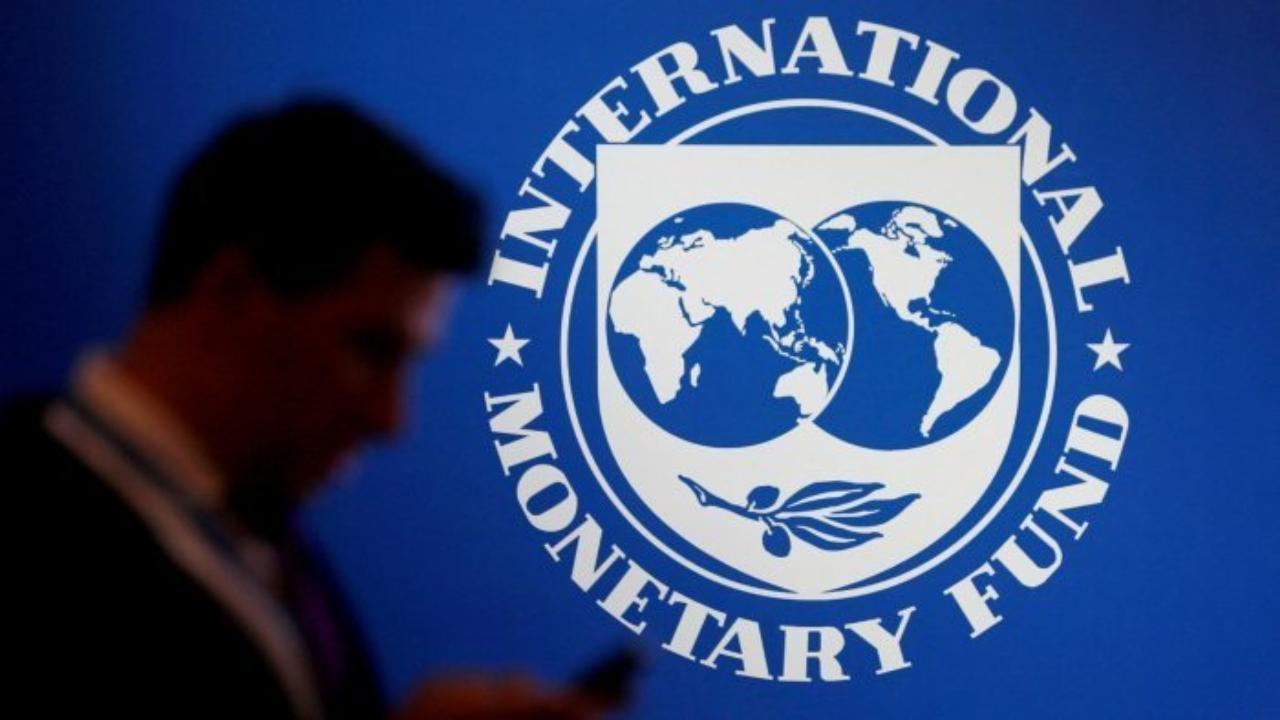By Dipesh Ghimire
IMF Calls for Deeper Regional Integration in Asia — A Strategic Shift to Shield Economies from Global Trade Shocks

The International Monetary Fund (IMF) has issued a significant policy call urging Asian nations to dismantle non-tariff barriers (NTBs) and pursue stronger regional trade integration. The institution believes this structural shift will not only enhance Asia’s economic efficiency but also help buffer the region from growing U.S. trade protectionism, tariff shocks, and global financial instability.
Asia’s economic momentum over the past two decades has largely been trade-led, driven by its deep involvement in global manufacturing and supply chains. China, in particular, has emerged as the world’s production hub—linking Asian economies through complex trade networks.
However, rising U.S.–China trade tensions, renewed tariff policies under Washington’s protectionist agenda, and the restructuring of global value chains have exposed Asia’s vulnerability to external disruptions.
The IMF’s latest Regional Economic Outlook for Asia points out that while Asia remains a powerhouse of global growth, it faces increasing fragility due to overdependence on Western demand, particularly from the U.S. and Europe.
While tariffs often dominate trade discussions, the IMF highlights non-tariff barriers—such as restrictive import licenses, complex customs procedures, product certification hurdles, and inconsistent regional standards—as the true bottlenecks to Asian trade efficiency.
These barriers, many of which intensified during the COVID-19 pandemic, continue to fragment intra-Asian trade, increase transaction costs, and discourage small and medium enterprises (SMEs) from cross-border expansion.
According to IMF data, about 60% of Asia’s exports are traded within the region, primarily as intermediate goods (components and semi-finished products). However, trade in final consumer goods remains at only 30%, showing that much of Asia’s industrial output is still tied to Western consumption markets.
The IMF argues that harmonizing standards and reducing bureaucratic obstacles could unlock massive efficiency gains and reduce reliance on Western economies.
IMF Asia-Pacific Director Krishna Srinivasan emphasized that greater trade integration would provide Asia with a “protective shield” against external shocks such as global recessions, currency volatility, and supply chain disruptions.
He noted that some countries, such as Vietnam, Indonesia, and India, are already diversifying trade agreements and reducing NTBs through bilateral dialogues, particularly with the United States. The IMF views this as a positive step but stresses the need for a comprehensive regional framework, similar to the European Union’s trade integration model, to avoid duplicated rules and inconsistent regulations.
The IMF estimates that if Asia achieves meaningful trade harmonization, the region’s GDP could rise by up to 1.4%, and for Southeast Asia, gains could reach 4%—a substantial boost for emerging markets like Thailand, Malaysia, and the Philippines.
Beyond trade barriers, the IMF urges governments to modernize their service sectors, ensure productive investment allocation, and implement demographic policies to counter the impact of aging populations.
The institution highlights that in several East Asian countries, especially Japan, South Korea, and China, rapidly aging demographics are reducing labor supply and increasing fiscal pressure. Service-sector liberalization and labor mobility policies, therefore, could play a vital role in sustaining long-term growth.
Additionally, the IMF warns against politically motivated spending or protectionist subsidies, which can distort regional investment patterns and reduce competitiveness.
Despite challenges, the IMF maintains a relatively optimistic forecast for Asia. The region’s economy is projected to grow by 4.5% in 2025, slightly below last year’s 4.6%, but higher than the April 2025 projection by 0.6 percentage points. The stronger-than-expected growth reflects export acceleration ahead of potential new U.S. tariffs.
However, by 2026, growth could slow to 4.1%, driven by weak Chinese demand, persistent trade frictions, and softening private consumption across emerging markets. The IMF also warns that while trade policy uncertainty has eased since mid-2024, financial risks remain high.
Tight global liquidity, rising debt levels, and capital outflows from emerging markets could amplify trade shocks, deepen economic vulnerabilities, and even fuel social unrest if not managed properly.
Analysts interpret the IMF’s message as a strategic pivot toward regional economic self-reliance—not isolation, but integration.
The report suggests that the future of Asia’s resilience lies not in detaching from global trade but in strengthening internal linkages—a shift from dependency to interdependence.
If Asian nations reduce policy fragmentation and align trade standards, they could create a seamless regional economic bloc capable of withstanding global turbulence—much like the EU’s internal market.
However, implementation will be complex, requiring political will, harmonized regulation, and trust among economies with differing interests, from Japan’s industrial dominance to India’s protectionist tendencies.
The IMF’s call underscores a fundamental reality: Asia’s next growth phase depends on Asia itself.
Reducing non-tariff barriers, fostering policy coherence, and boosting regional trade can transform the region into a self-sustaining economic powerhouse.
If pursued strategically, Asia could not only buffer against Western shocks but also redefine global trade dynamics in the coming decade.









